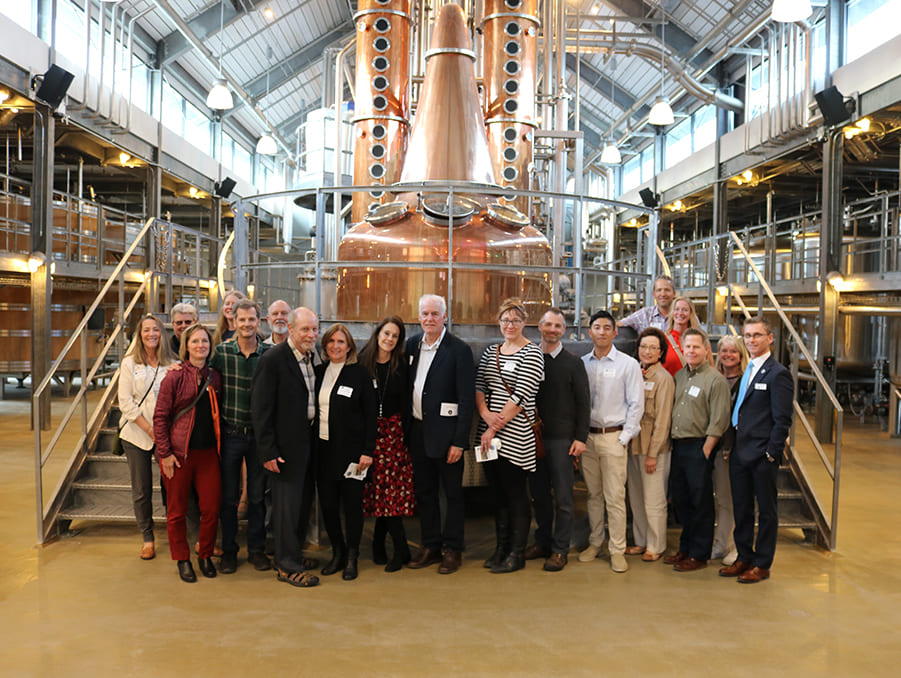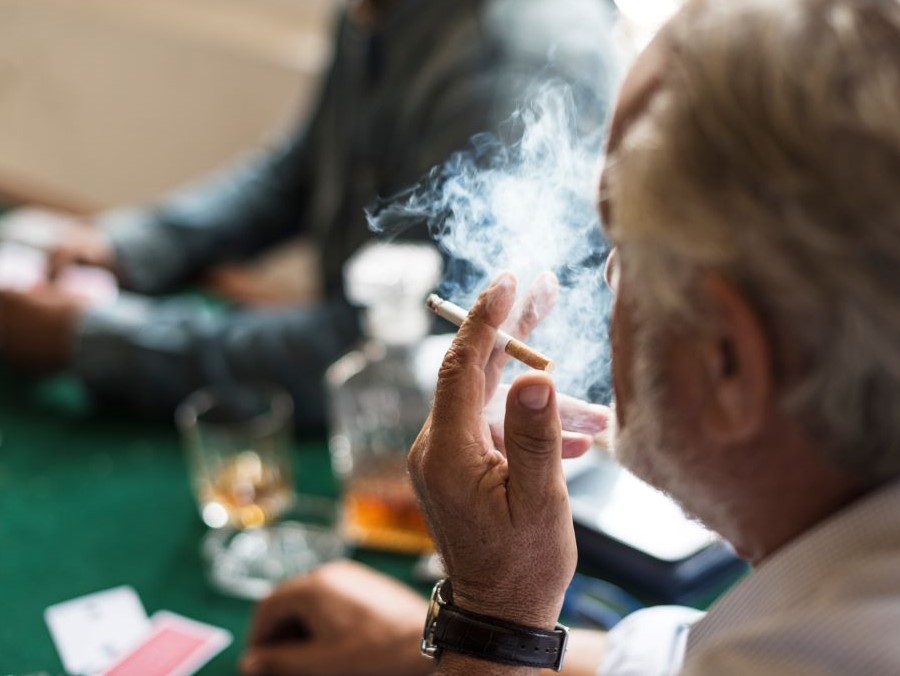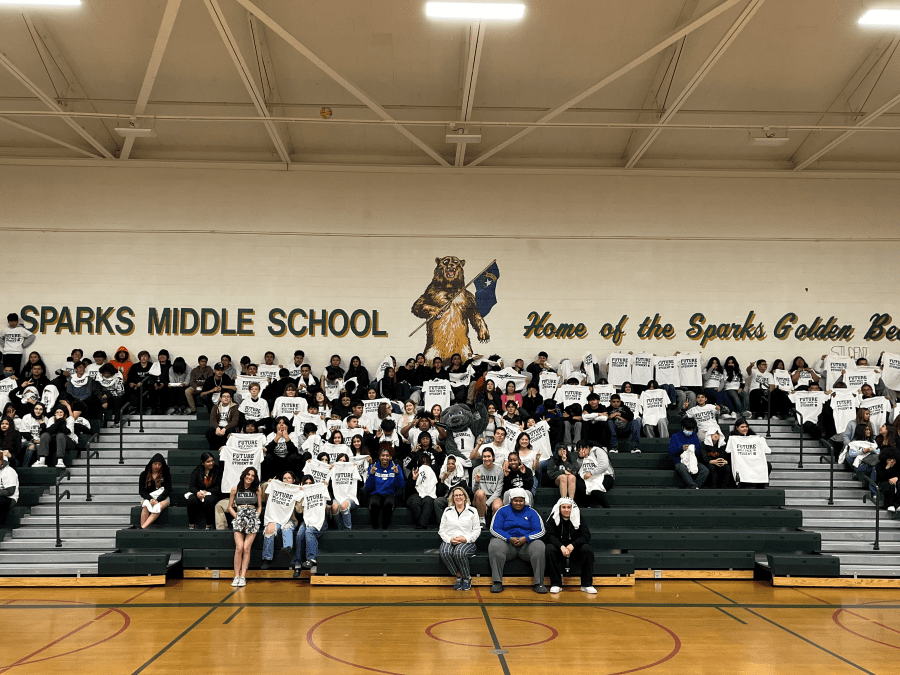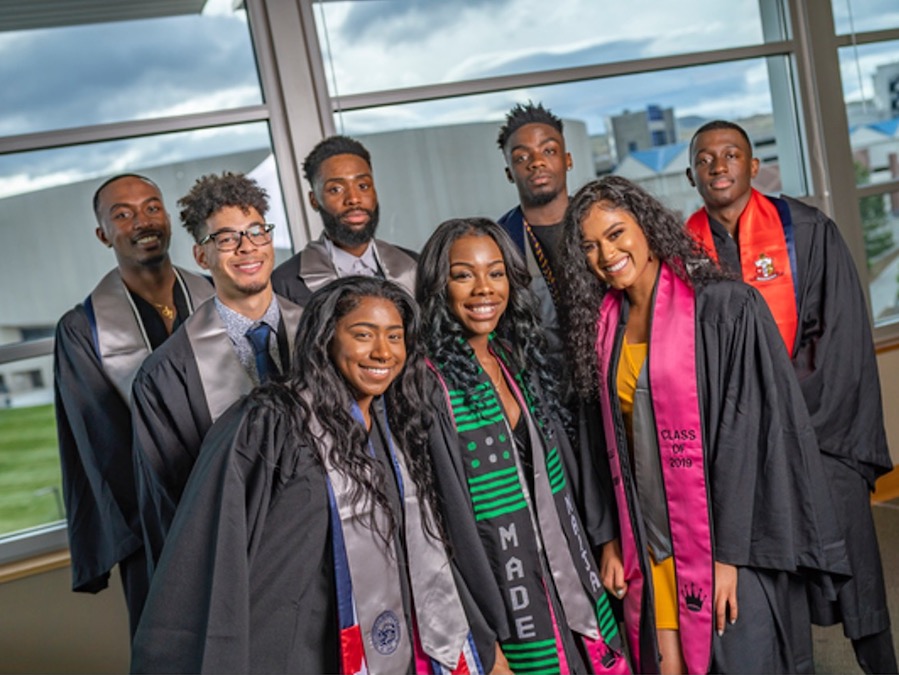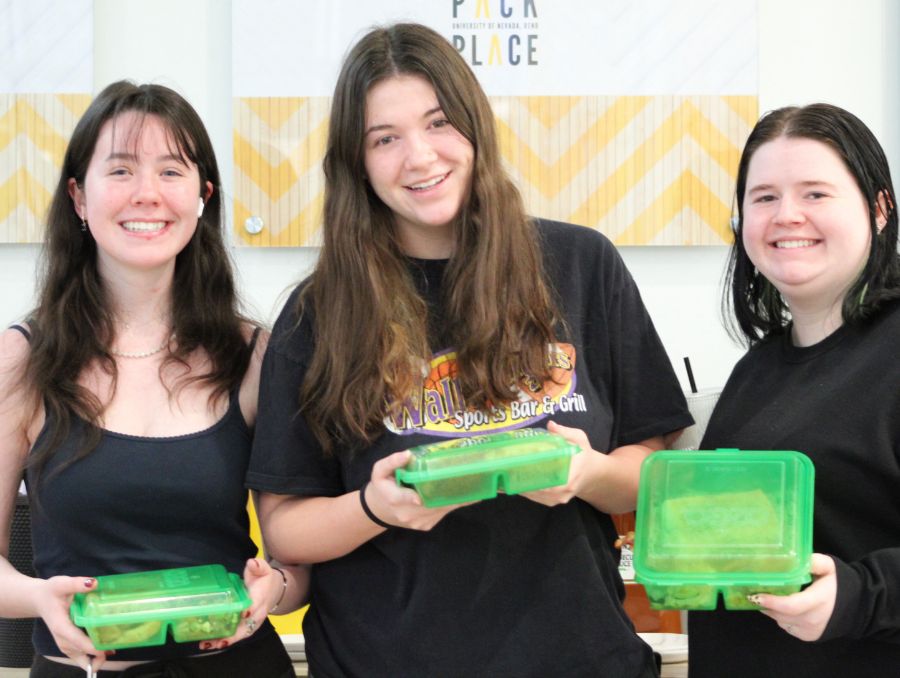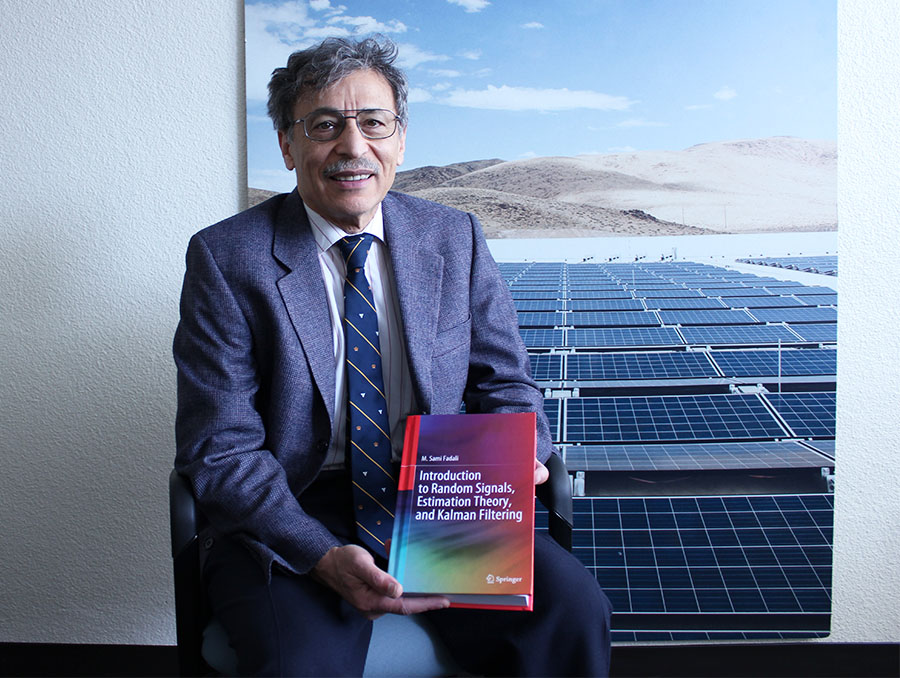
Nutrition is just as important for bees as for humans, but restoration efforts haven’t taken into consideration which plants will provide the best nutrition to bees. Restoration of bee habitat is critical for a healthy ecosystem, and Associate Professor Anne Leonard, Professor Lee Dyer, and adjunct faculty member Anthony Vaudo (now a Research Biological Scientist at the Rocky Mountain Research Station) in the University’s biology department set out to understand how the amount of protein and lipids in different wildflower pollens affected the identity of bees who showed up to collect it. Leonard answers some questions about what this research means for gardens in Northern Nevada.
Which bees will my garden attract?
We are lucky to live in a region of the world that has an astonishing diversity of bees who could show up in your backyard. There are over 4,000 species of native bees in the United States, and while much of Nevada is under-explored in terms of bee diversity, we probably have over 1,000 of them in our state! These include familiar bumble bees, carpenter bees, mason bees that nest in twigs or bee houses, and many other types of solitary bees that specialize on common native plants like globe mallows and sunflowers. These hard-working pollinators of native plants will show up if you plant them in pesticide-free spaces, and you’ll likely attract some (not native, but managed) honey bees as well.
What kinds of plants are most helpful to native pollinators?
This is the million-dollar question that many agencies, non-profits, growers, and members of the public are eager to know the answer to. If we can identify the “best” plants for native pollinators, we can develop recommendation lists, seed mixes, and plant giveaways for backyards, pollinator gardens, and flower strips to support healthy bee populations. While there are a lot of reasons to plant flowers (for example, to provide nesting habitat or to simply enjoy the aesthetics of plants and pollinators), in our paper we approached this question through the lens of nutrition: when it comes to the food rewards that plants offer bees, how do they vary, and does this variation dictate who shows up? While this might seem like an obvious starting point, it turns out to be rarely considered. Historically we’ve viewed plants as being rather nutritionally interchangeable, and the more we learn about the chemistry of their nectar and pollen, the clearer it becomes that that’s not the case.
Why do some plants attract bees more than others?
While plants advertise rewards with floral color, scents, and patterns that are perhaps most obvious to us as human gardeners or recipients of bouquets, what really matters to bees at the end of the day are the resources they obtain, both in terms of quantity and quality. We know most pollinators are sensitive to the amount of resources a plant offers, we know much less about what makes a resource high or low-quality to a particular floral visitor. Take nectar for example—classically, it gets simplified to just be sugar water. The more we learn about its chemistry, the more we find it full of interesting chemicals (like caffeine in Citrus nectar for example) that can have all kinds of effects on bee behavior and health (in the case of caffeine, speeding activity, boosting memory, and even extending lifespan).
What’s the deal with pollen?
In our recent PNAS (Proceedings of the National Academy of Sciences) paper, we did a deep dive into pollen, which bees collect as their source of fats and proteins. These nutrients are essential for female bees to develop eggs and feed offspring, and it turns out that pollen-foraging bees are sensitive to the relative amount of protein and fat that pollen contains. We surveyed over 100 local wildflower species, and found tremendous variation in their nutritional content. Combining this information with focal observations of which bees were visiting these plants to collect pollen, we discovered that the nutritional content of the pollen was a strong predictor of that visitor community: plants that had more nutritionally similar pollens were visited by a similar community of native bees. Interestingly, we found no relationship between the protein/lipid content of the plant’s pollen and how diverse the bee community was that visited, and in fact, plants with different nutritional profiles attracted different groups of bee visitors. We think this finding is useful in making decisions about what plants to put in to support native bees, because it suggests there is no “one size fits all” when it comes to pollen nutrition. To support a healthy population of diverse bees, you’re probably best putting in a diversity of plants that has the best chance of meeting a wide range of nutritional needs.










